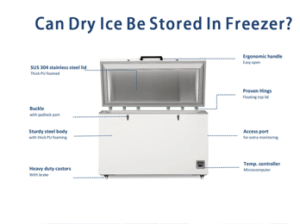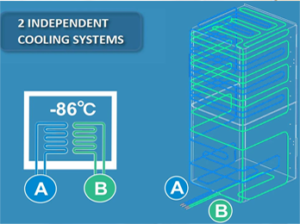Introduction:
Purchasing medical equipment is a critically significant responsibility as it directly contributes to saving lives. When contemplating the acquisition of essential equipment, there are several cvrucial factors o consider. It is of utmost importance to avoid obtaining substandard equipment that could impede the effectiveness of healthcare professionals in carrying out their duties.
- Purpose and Specifications: Clearly define the purpose of the equipment you need and consider the specific specifications equired to fulfill that purpose. Different medical equipment serves different functions, so it’s crucial to match the specifications with your intended use. Consider factors such as size, capacity, functionality, and compatibility with existing systems.
- Quality and Reliability: Ensure that the equipment you are considering is of high quality and comes from a reputable manufacturer. Look for certifications or approvals from relevant regulatory bodies to ensure the equipment meets industry standards. Additionally, consider the reputation and track record of the manufacturer to gauge their reliability in terms of product performance, after-sales support, and warranty.
- Safety and Compliance: Medical equipment must meet stringent safety standards to protect both patients and healthcare providers. Check if the equipment complies with safety regulations and guidelines set by authorities such as the Food and Drug Administration (FDA) or other relevant regulatory agencies in your region. Look for features such as built-in safety mechanisms, ergonomic design, and user-friendly interfaces that contribute to safe and efficient operation.
- User-Friendly: Consider the ease of use and user-friendliness of the equipment. Medical professionals should be able to operate it efficiently and safely. Look for intuitive interfaces, clear instructions, and adequate training resources provided by the manufacturer. Training and ongoing support are crucial for ensuring optimal utilization and maximizing the benefits of the equipment.
- Compatibility and Integration: Determine whether the equipment is compatible with your existing infrastructure and systems. For example, if you’re purchasing medical software, ensure it integrates smoothly with your electronic health records (EHR) system. Compatibility minimizes compatibility issues and allows for seamless integration, reducing potential disruptions to workflows.
Conclusion:
Purchasing medical equipment is a significant decision that directly impacts patient care and the overall efficiency of healthcare facilities. By keeping these top five factors in mind – regulatory compliance, quality and reliability, user-friendliness and training, compatibility and integration, and total cost of ownership – healthcare providers and administrators can make informed choices that align with their specific needs. Collaborating with experts and involving relevant stakeholders in the decision-making
process further enhances the chances of acquiring the right equipment for improved healthcare delivery.









